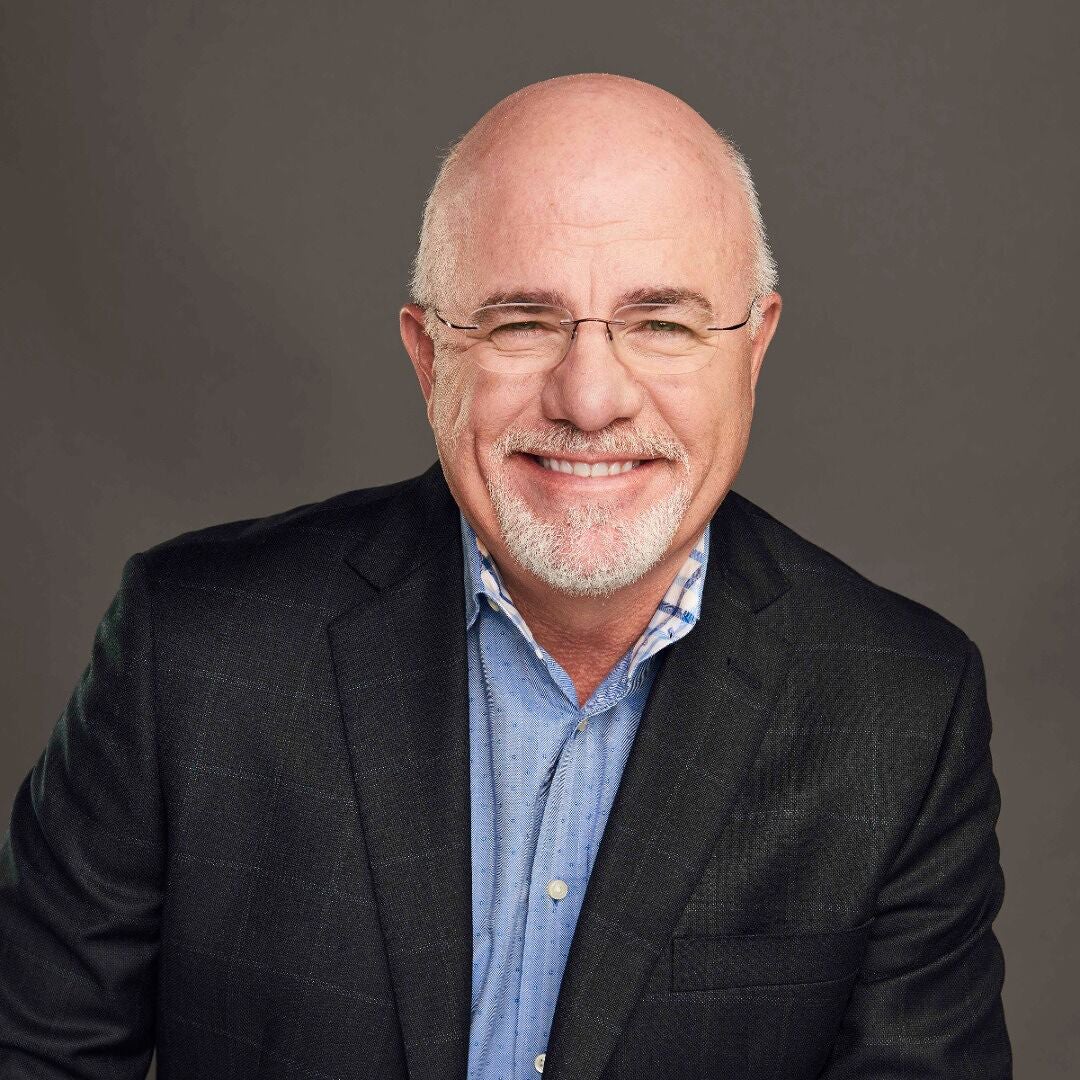Fighting heroin addiction
Published 12:24 pm Monday, September 19, 2016
Heroin use has increased across the US among men and women, most age groups, and all income levels. Some of the greatest increases occurred in demographic groups with historically low rates of heroin use: women, the privately insured, and people with higher incomes. Heroin use more than doubled among young adults ages 18–25 in the past decade. More than nine in 10 people who used heroin also used at least one other drug.
Not only are people using heroin, they are also abusing multiple other substances, especially cocaine and prescription opioid painkillers. As heroin use has increased, so have heroin-related overdose deaths. Between 2002 and 2013, the rate of heroin-related overdose deaths nearly quadrupled, and more than 8,200 people died in 2013. States play a central role in prevention, treatment and recovery efforts for this growing epidemic.
States can:
— address the strongest risk factor for heroin addiction: addiction to prescription opioid painkillers.
— increase access to substance abuse treatment services, including Medication-Assisted Treatment (MAT), for opioid addiction.
— expand access to and training for administering naloxone to reduce opioid overdose deaths.
— ensure that people have access to integrated prevention services, including access to sterile injection equipment from a reliable source, as allowed by local policy.
— help local jurisdictions to put these effective practices to work in communities where drug addiction is common.
Heroin use is increasing, and so are heroin-related overdose deaths. Heroin is an illegal, highly addictive opioid drug. A heroin overdose can cause slow and shallow breathing, coma and death.
People often use heroin along with other drugs or alcohol. This practice is especially dangerous because it increases the risk of overdose.
Heroin is typically injected but is also smoked or snorted. When people inject heroin, they are at risk of serious, long-term viral infections such as HIV, hepatitis C and hepatitis B, as well as bacterial infections of the skin, bloodstream and heart.
Those most at risk of heroin addiction include:
— people who are addicted to prescription opioid painkillers,
— people who are addicted to cocaine,
— people without insurance or enrolled in Medicaid,
— non-Hispanic whites,
— males,
— people who are addicted to marijuana and alcohol,
— people living in a large metropolitan area,
— and 18 to 25 year olds.
The federal government is working to fight theproblem by:
— providing educational training and resources to health care providers so they can make informed decisions and ensure the appropriate prescribing of opioid painkillers. This includes developing prescribing guidelines for chronic pain, supporting the use of prescription drug monitoring programs (electronic databases that track the dispensing of certain drugs) as a routine part of clinical practice and increasing access to substance abuse treatment services through the Affordable Care Act.
— expanding use of Medication-Assisted Treatment (MAT).
—supporting the development and distribution of the life-saving drug naloxone to reduce prescription opioid painkiller and heroin overdose deaths.
— supporting the research, development, and approval of pain medications that are less prone to abuse.
— improving surveillance to better track trends, identify communities at risk, and target prevention strategies.
States can
— address the strongest risk factor for heroin addiction: addiction to prescription opioid painkillers.
— make prescription drug monitoring programs timely and easy to use. Providers can analyze patient prescription drug history and make informed decisions before prescribing opioid painkillers.
— look at the data and practices of state Medicaid and worker’s compensation programs to identify and reduce inappropriate prescribing.
— increase access to substance abuse treatment services, including MAT for opioid addiction.
— work with Medicaid and other insurance companies to provide coverage for MAT.
— support adoption of MAT in community settings.
— expand access to and training for administering naloxone to reduce opioid overdose deaths.
— ensure that people have access to integrated prevention services, including access to sterile injection equipment from a reliable source, as allowed by local policy.
— help local jurisdictions to put these effective practices to work in communities where drug addiction is common.
Health care providers can:
— follow best practices for responsible painkiller prescribing to reduce opioid painkiller addiction, the strongest risk factor for heroin addiction.
— use prescription drug monitoring programs and ask patients about past or current drug and alcohol use prior to considering opioid treatment.
— prescribe the lowest effective dose and only the quantity needed for each patient.
— link patients with substance use disorders to effective substance abuse treatment services.
— support the use of Food and Drug Administration approved MAT options (methadone, buprenorphine, and naltrexone) in patients addicted to prescription opioid painkillers or heroin.
Everyone can
— learn more about the risks of using heroin and other drugs.
— learn how to recognize and respond to an opioid overdose.
— get help for substance abuse problems: 1-800-662-HELP.
Article information taken from www.cdc.gov.




